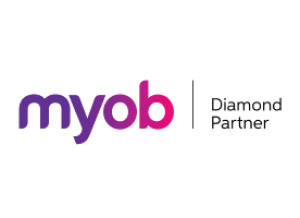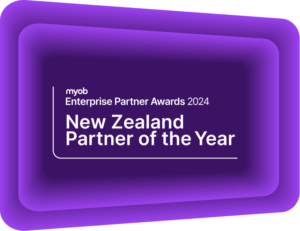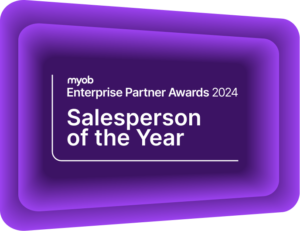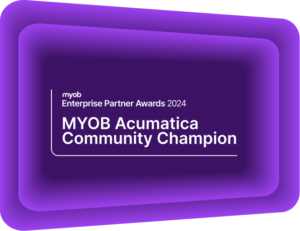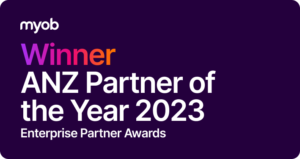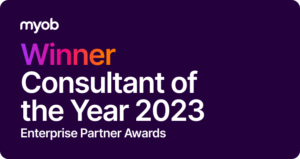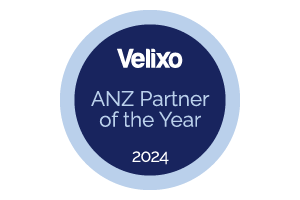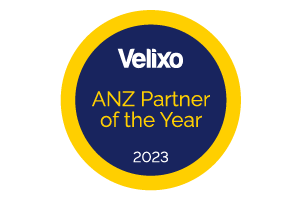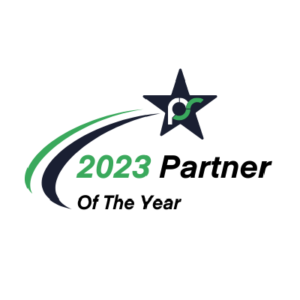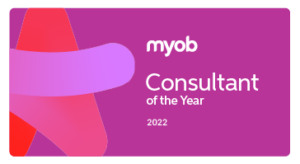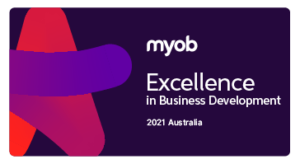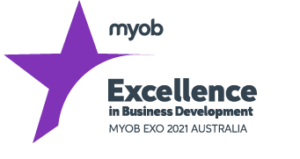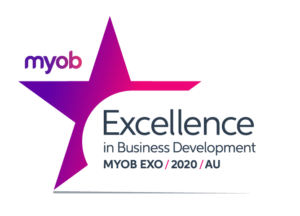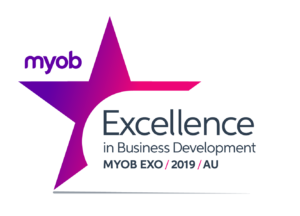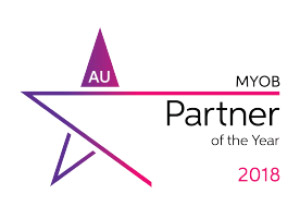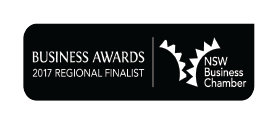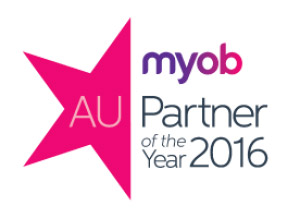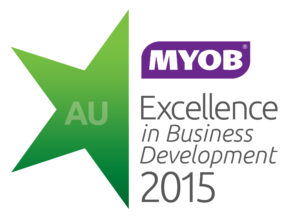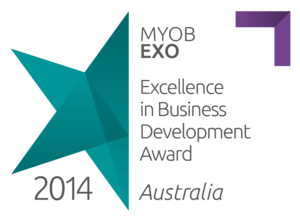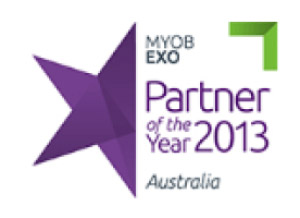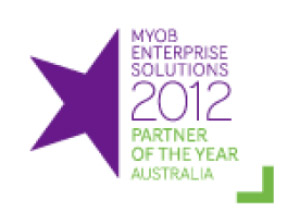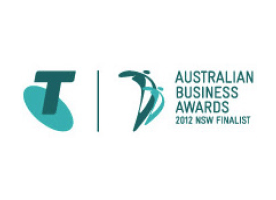MYOB Acumatica FAQ
We've answered your queries related to MYOB Acumatica, Cloud Accounting and Software PackagesYou may just be starting your journey in selecting an ERP system for your business. We have set out a list of frequently asked questions which may assist you in the decision making process. Our FAQs are organised according to the following categories:
- Getting Started
- Cloud Accounting
- Accounting Software Packages
- MYOB Acumatica (formerly MYOB Advanced)
If you have any further questions that have not been addressed, please contact us on 1300 857 464 (AU) or 0800 436 774 (NZ) or e-mail sales@kilimanjaro-consulting.com – we would love to hear from you!
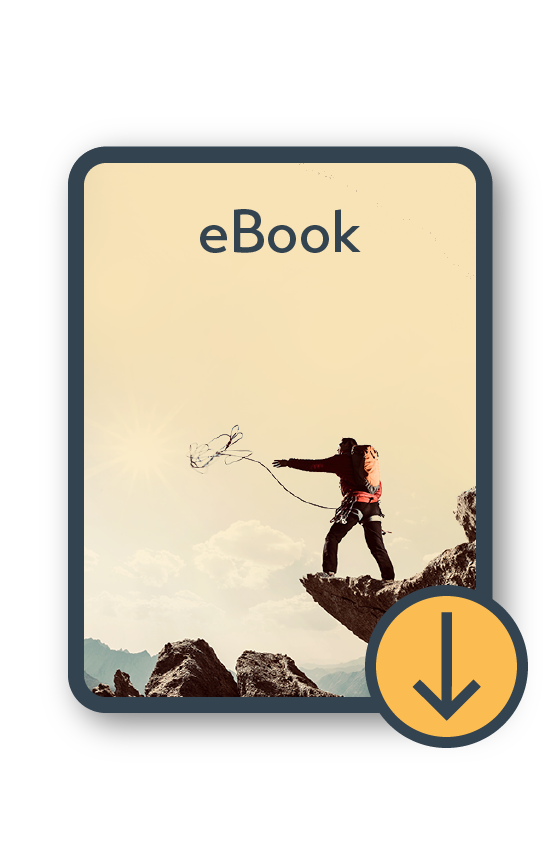
MYOB Acumatica Information Pack eBook
Download nowGetting Started: General Queries
Who is Kilimanjaro Consulting?
We are accounting software consultants that implement MYOB Exo and MYOB Acumatica solutions. Kilimanjaro was formed in 2006 and our services include implementation, support, business process improvement, integrations and customising solutions to suit your business needs. For more information, read about our history and learn about the team.
Who are some ERP solution providers?
There are a number of ERP solution software systems that you should consider before making a final decision. Your ERP system of choice should support business growth and make your business processes more efficient and streamlined.
Some ERP solution providers include MYOB, SAP, Sage, Microsoft, Pronto and Netsuite.
What are the features of a robust ERP system software package?
When selecting an ERP system software package, the first step is to define your requirements. If you start looking at software before defining your requirements, you are likely to become overwhelmed with the features and functions available. The best way to make a decision is to identify commonly used systems that meet your requirements. You can then gather information about these systems and then make your selection based on either risk/benefit or cost/benefit. Companies that are risk averse may invest a bit more to reduce the risk of implementation failure. A system like MYOB Acumatica is robust, but should be implemented by an experienced implementation partner in order to get the full benefits of ERP system software.
I have an e-commerce site that I wish to integrate with my accounting software. Is there accounting software for ecommerce available?
Integration between systems has become much easier over the last few years. Most modern accounting software packages would have the ability to integrate into an e-commerce website via an API (Application Program Interface). This is a “translator” that allows one system to communicate with another. However, accounting software that includes an e-commerce website is usually generic in nature. If your e-commerce requirements are specific, you should look for a ‘best of breed’ e-commerce website (e.g. Magento) and investigate whether this can be integrated into your accounting software. Talk to your accounting software implement as they will have had experience with integration.
Many popular accounting packages already have integration into e-commerce websites. While these might not have all of the features of a custom built site, the integration already exists so this generally tends to be a lower cost solution. If integration does not yet exist for the accounting software you have selected, be aware that integration is an expensive exercise.
What is the difference between using a system that is based in Australia/New Zealand versus one that is internationally-based?
When purchasing an ERP system, make sure that it complies with local requirements, which usually relate to tax laws and payroll legislation. Some countries have unique accounting requirements so it may not be possible to use software that has been specifically written for other countries. Both MYOB Exo and MYOB Acumatica have been written to comply with Australia and New Zealand tax and payroll requirements.
With web-based ERP systems, it is important to know which country it is hosted in. Systems hosted in other countries may be subject to legislation which impacts on your privacy. For example; systems hosted in the United States may be subject to the Patriot Act. If your company has to comply with local legislation, make sure that offshore hosting is allowed. MYOB Acumatica is hosted in Australia by Amazon Web Services.
There are a few definitions I don’t understand! Can you clarify what some of these mean?
- SaaS – Software as a service
Software as a service means that instead of purchasing your software, you simply rent it as you use it. This may be a monthly or annual subscription fee. You never own the software, and when you stop paying, the service is stopped - FIFO – First In first out
FIFO is an accounting term which relates to how your inventory is costed. Your system will attach a cost price to each item when it is sold in order to calculate your profit margin. This cost price may vary depending on when you bought the goods. With FIFO, the system assumes that the goods you purchased first at purchase price $X are sold first. - LIFO – Last in First Out
LIFO is no longer commonly used in Australia. Your system will attach a cost price to each item when it is sold in order to calculate your profit margin. This cost price may vary depending on when you bought the goods. With LIFO, the system assumes that the goods you purchased last at purchase price $X are sold first. - Cloud ERP
Cloud ERP refers to your server or cloud service being hosted somewhere other than in your own server room. Cloud ERP software allows users access to a server in a different location that may be private or in a public data centre. More information about cloud accounting is covered below or you may be interested in reading Kilimanjaro’s Plain English Guide to the Cloud.
Cloud Accounting
What does cloud computing actually mean?
What is Software as a Service (SaaS)?
Software as a Service (SaaS) is a term used to describe a system where the user “rents” the software for a period of time but does not purchase it outright. Many companies will be using the same software. The purchase of this software would be beyond the reach of individual companies, but by sharing the software, it becomes affordable. There are some technical differences between different types of SaaS. The term “multi-tenant” is used to describe a system where each company uses exactly the same version of the software. The data is stored separately to the software. Online accounting software is usually multi-tenant. The term “single-tenant” means that each company uses its own version of the software. This allows more configuration to take place as changes only impact on a single company. MYOB Acumatica has a unique architecture in that configuration changes are saved for each company, even though the software is multi-tenant. This allows much more configuration than with a traditional multi-tenant system, for example Netsuite.
What is accounting for SaaS?
Accounting for SaaS is a misnomer. The correct term should be SaaS for accounting, or simply SaaS accounting. This is simply software hosted in the cloud, which a company rents for a period of time. Some common SaaS accounting software packages for larger businesses include Netsuite and MYOB Acumatica. Smaller businesses can benefit from SaaS or online accounting software by using packages such as Xero or MYOB Essentials. Some software as a service accounting systems are actually hybrids. This means that the software itself is installed on your own computer, but the data is stored in the cloud. You are usually able to download a copy of your data if you need to work locally. An example of this is MYOB AccountRight Live.
Accounting Software Packages
What are accounting software applications?
Accounting software applications are simply accounting programs. Accounting programs generally take care of a business’ accounting needs and assist with the preparation of balance sheets, profit and loss statements and tax returns.
What is integrated accounting software?
Integrated accounting software not only performs the function of accounting software as described above, but collects information about all facets of the organisation and allows you to analyse this information. The data can then be used to make decisions. Integrated accounting software, or ERP systems (Enterprise Resourcing & Planning systems) are able to combine financial and non-financial data.
What is accounting software for midsize business?
As businesses grow, they become more complex. Growth is usually measured in terms of:
- More staff
- Number of branches
- Increased transaction volumes
- Remote operations
- New products and services
These factors impact on a company’s systems, processes and organisation.
Midsize businesses in Australia are typically defined as businesses with between 20-200 employees. Measured in terms of revenue, a company would be categorised as midsized once it exceeds approximately $6million in turnover. The requirements of midsize businesses differ from small business requirements. As a business grows, it will tend to run out of steam with their accounting solution. Accounting software for midsize business will be an ERP system that will usually take a company from this size to a turnover of about $400million. Beyond this, requirements again change as segregation of duties and responsibility become more common. At this point, most companies will look to more complex ERP systems, such as SAP, JD Edwards, Microsoft Dynamics AX or Oracle.
How does an accounting software solution differ from an accounting software system?
Accounting software systems are sometimes referred to as accounting software solutions. There is no difference. The term arose because implementation companies realised that they were not simply selling software, but were selling a solution made up of software plus consulting services.
Does online accounting software include payroll accounting software?
Not all online accounting software packages include a payroll component. Generally, overseas software will not include payroll as the Australian payroll requirements differ considerably from most other countries. Superannuation, awards and leave loading are three components of payroll that overseas systems may not be able to comply with. Australian business standards require specific reporting for tax purposes, such as Pay As You Go (PAYG) and Fringe Benefits Tax (FBT). When selecting an online accounting software package, make sure that if payroll is included, it complies with Australian standards and requirements.
MYOB offers a number of payroll solutions. Depending on your business requirements, a simple payroll solution such as MYOB AccountRight Live may be adequate. If your payroll requirements are more complex, or if you require an HR component, then MYOB Employer Services or MYOB Acumatica People may be more suitable. Both of these systems can operate as stand-alone payroll and HR systems which can be integrated into your online accounting software. If integration is not possible, manually entering the General Ledger journals is all that is required.
What is cost accounting?
“Cost accounting provides the detailed cost information that management needs to control current operations and plan for the future” (Vanderbeck, 2013)
Cost accounting software enables a company to not only record, but also to allocate costs to its various operations. Cost accounting can be done at the unit level so that margins on particular items can be calculated. Cost accounting may include the costs of services (for example, labour) as well as the cost of goods that are components in manufacturing that item. Overhead costs are generally treated separately, but cost accounting systems will also allow you to allocate fixed (overhead) costs to activities or divisions.
Job costing is a refinement of cost accounting. Job costing enables you to track costs on a particular job or project. The revenue associated with that project is then compared to the costs to arrive at a profit per job or project.
MYOB Acumatica
What is the difference between MYOB Acumatica and MYOB Exo?
What is the relationship between MYOB Acumatica and Acumatica?
In August 2013, MYOB obtained exclusive rights to market Acumatica’s ERP solution in the Asia Pacific region. Acumatica is a US-based provider of cloud-based ERP and financial software. This investment saw MYOB take a seat on the company’s board. MYOB Acumatica is a localised cloud ERP solution based on Acumatica that is aimed at mid-range, mid-market enterprises. Some differences in the software cover localised software tax inclusions, and spelling changes to Australian English.
Which accounting software packages are not competitors of MYOB Acumatica?
MYOB Acumatica is designed for larger, more complex businesses. By their nature, businesses requirements change as they grow. While a small business does not require separation of responsibility, in a larger business this becomes essential. Smaller businesses are less rigid in terms of accounting standards, for example a small business system may allow you to delete an incorrect invoice and rekey it. In a larger business, this would not be acceptable as an audit trail is required for every transaction. The process would therefore be to generate a credit note for the incorrect invoice and create a new invoice. This process would be far too clunky and onerous for a small business however is essential in a larger business.
Accounting software packages such as Xero, Sassoo, QuickBooks, MYOB Essentials, MYOB AccountRight, Attache, Jiwa, Sybiz, Arrow, Tensia are generally not considered to be competitors of MYOB Acumatica.
Mid-sized business accounting software includes MYOB Acumatica, Netsuite, Microsoft Dynamics and Epicor. MYOB Exo, SAP Business 1 and Pronto can often fulfil the needs of larger businesses but are not SaaS (software as a service).
How do I go about getting an accounting software demo?
Understanding your business needs is the first step. As these systems are highly configurable, a demo of an unconfigured system would probably confuse you more than it would clarify things. You should contact a reputable implementation partner such as Kilimanjaro Consulting. You will be put in touch with a consultant who will question you about your requirements, your budget, and your timing. This is to ensure that your company is a good fit with the software. Once those three questions have been clarified, the implementation partner will organise to provide you with an accounting software demo. This can be done at your premises or using a web-based tool such as GoToMeeting. It is sometimes a good idea to attend a demo at the implementation partner’s offices to get a sense of what type of company they are.
What is the difference between CRM and ERP software?
Both of these are TLAs – three letter acronyms.
CRM (Customer Relationship Management) provides a tool to record interactions with your customers and to assist you in scheduling future contact with those customers. A CRM system is usually deployed as a component of a marketing strategy. For example, if you decide that you want to contact all existing clients three months after their last interaction with you, your CRM system will alert you as to when this is due. As another example, you may wish to have a marketing campaign targeting certain types of businesses. You would acquire a list of these prospects and upload them to your CRM system.
You would then program your system to execute a series of steps:
- E-mail the prospects with an introductory letter
- Record their responses
- Send out a reminder to those that have not responded
- Schedule a phone call with those that have responded
- Flag prospects that are interested in your product
- Allocate these to sales people on a geographic basis
- Create a report to show how many leads were generated by this campaign
- Create a report to show how many sales were concluded as a result of this campaign
- Create a report to compare the cost of the campaign with the number of sales generated so you can see cost per sale
An ERP system (Enterprise Resource Planning) captures and records information across the organisation. This is usually financial and non-financial information. This information is processed to provide management with meaningful data that is essential for decision making. The company’s processes are also embedded in the ERP system. This guides employees in how various functions are performed within the organisation.
ERP systems are usually found in larger companies who have moved toward standard operating procedures. The ERP software solution spans the entire company from the initial set up of a customer/supplier through to delivery and invoicing of the goods or services provided. The system is configured to suit the processes that have evolved in your own organisation, however in companies with immature processes, the implementation of an ERP system is often the catalyst for changing to best practice.
More information
Kilimanjaro constantly works on providing you with updated content surrounding MYOB Acumatica, based on the most frequently asked questions. Feel free to read any of our insightful content surrounding the cloud-based system.
- Get mobile with MYOB Acumatica
- Hosted v Saas?
- Challenges in Membership Services
- The newest case study – Soul Origin
For all the latest articles and updates, visit our news page.

MYOB Acumatica Ultimate Compilation of Tips and Tricks eBook
Download nowFor more information about MYOB Acumatica and whether it is suitable for your business requirements, please email or call us on 1300 857 464 our sales team who are happy to answer any questions you might have.

